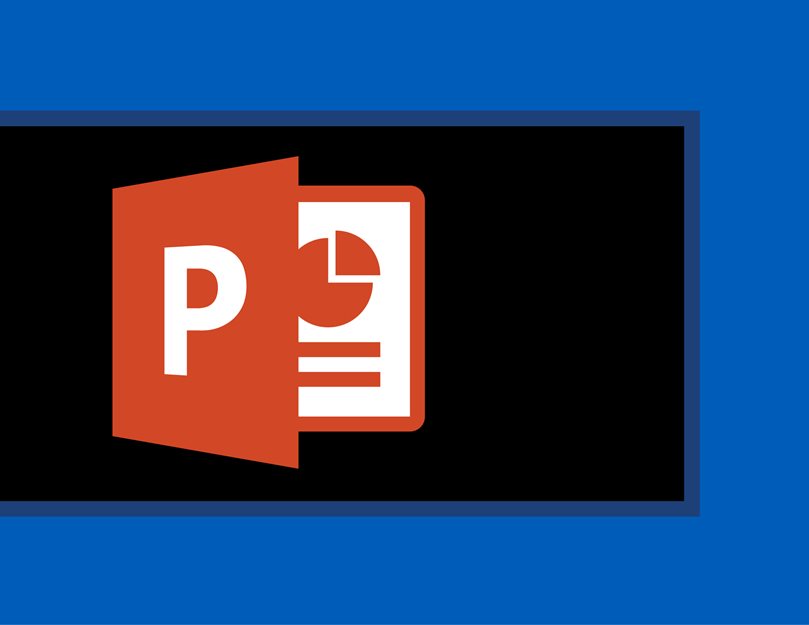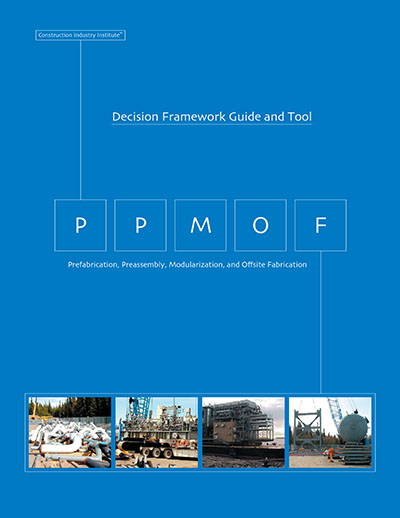
Modularization-Is it right for you? Implementation
RT-171 creates a systematic method and a decision framework to appropriately consider the implementation of prefabrication, preassembly, modularization, and off-site fabrication (PPMOF) practices during the concept and detailed scope phases. A series of questions are provided to screen for modularization options as an execution strategy. An Excel spreadsheet provides context for strategic analysis of PPMOF during scoping. At the end of this process, recommendations are made along with a top ten list of factors favoring PPMOF and a top ten list of barriers favoring stick-built. Finally, guidance is provided for tactical analysis concerning cost comparisons and risk of PPMOF strategies during scoping and detailed design.
Benefits of PPMOF
Reduced overall project duration due to:
Parallel construction work in the shop can be used to address constraints that affect the schedule of a project such as outage requirements, permit restraints, or market conditions.
De-sequencing examples may include fabricating and preassembly of structural steel offsite while foundations are poured onsite. De-sequencing also can occur when the need to obtain environmental permits delays onsite work. Fabrication may continue offsite while allowing delays in activities at the project location.
Improvement in productivity / Reduction in field labor needs and costs:
Cost savings from using PPMOF are largely driven by field and shop labor rate differentials, productivity differentials, and support costs.
Risk reduction through a more predictable work process and shop environment:
Offsite work schedules by nature contain fewer inherent risks due to overlapping crafts (e.g., piping, electricians, and insulators), weather delays, environmental impacts, permitting delays, or interferences with ongoing operations.
Improvement in Safety:
Companies may use PPMOF to provide safer working conditions by reducing the exposure of workers to weather, heights, hazardous operations, and neighboring construction activities. Workers in a fabrication shop are not affected by external temperature, wind, and precipitation extremes.
Improvement in Quality:
Fabricating components away from the site allows higher quality control due to controlled manufacturing conditions and the ability to weld in preferred positions.
Risks and Barriers of PPMOF
Common challenges faced by projects using PPMOF methods include:
- Increased engineering and coordination
- Requires better front-end planning
- “Stick-built” paradigm
- Transportation and handling
- Decreased flexibility
- Potential higher in-place cost
Other barriers can be grouped into site constraints, along with communication, and organizational requirements. There is sometimes a fear that the unit layout and long term operating and maintenance costs may be compromised if PPMOF is used. While the RT-171 frameworks are based primarily on industrial construction, they can be customized to fit other industry sectors such as commercial, heavy civil, or residential.
PPMOF has the potential to address many recurring industry challenges, including work force availability, tight budgets, schedule compression, and reduced risk by reducing onsite labor and associated safety, congestion, and logistics.


